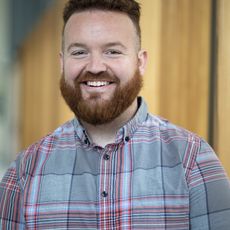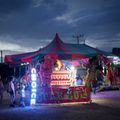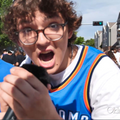Factchecker's Corner: A Q&A with Capitol Architect Paul Bruce Meyer
Published July 2023
By Ben Luschen | 6 min read
For more than two decades, Paul Bruce Meyer served as official architect for the Oklahoma State Capitol, even overseeing the construction of the Capitol dome in 2002. Though he retired from the position in 2007 and was not involved in the most recent $245 million Capitol Restoration project, he stays connected to the building through his role as chairman of the fundraising nonprofit Friends of the Capitol.
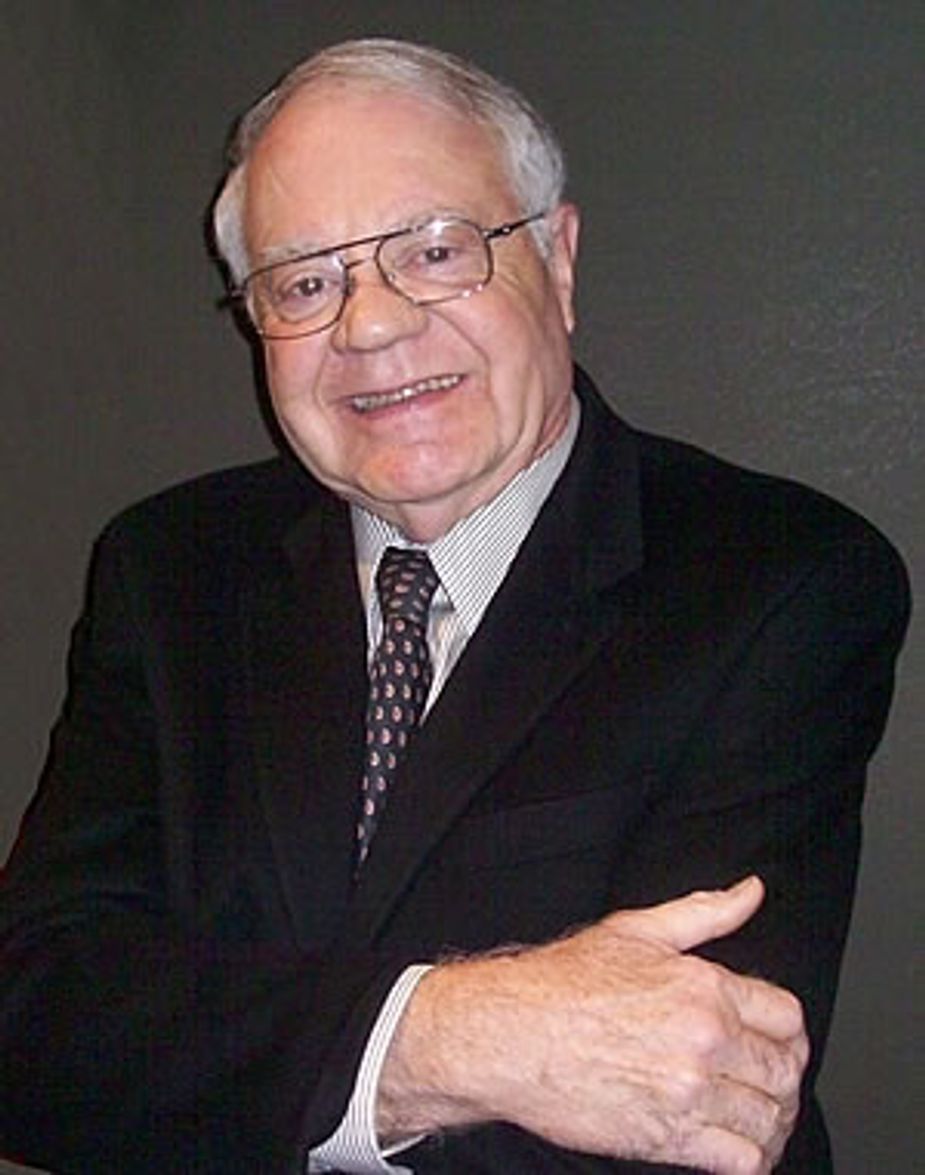
Paul Bruce Meyer, Oklahoma State Capitol architect
It was a thrill to report about recent enhancements to the Capitol Art Collection for Oklahoma Today’s May/June 2023 story “Capitol Gains.” As part of that story, I got to have lunch with Meyer, who has hours of stories on his experiences restoring the Capitol building in the past. Our conversation was interesting and informative, so this edition of Factchecker’s Corner features an extended segment of our conversation that didn’t make the print story. In the Q&A, Meyer sheds light on how his tenure as architect began a new appreciation for historic preservation in the building and elaborates on the importance of maintaining the capitol’s physical image. (This Q&A has been edited slightly for clarity).
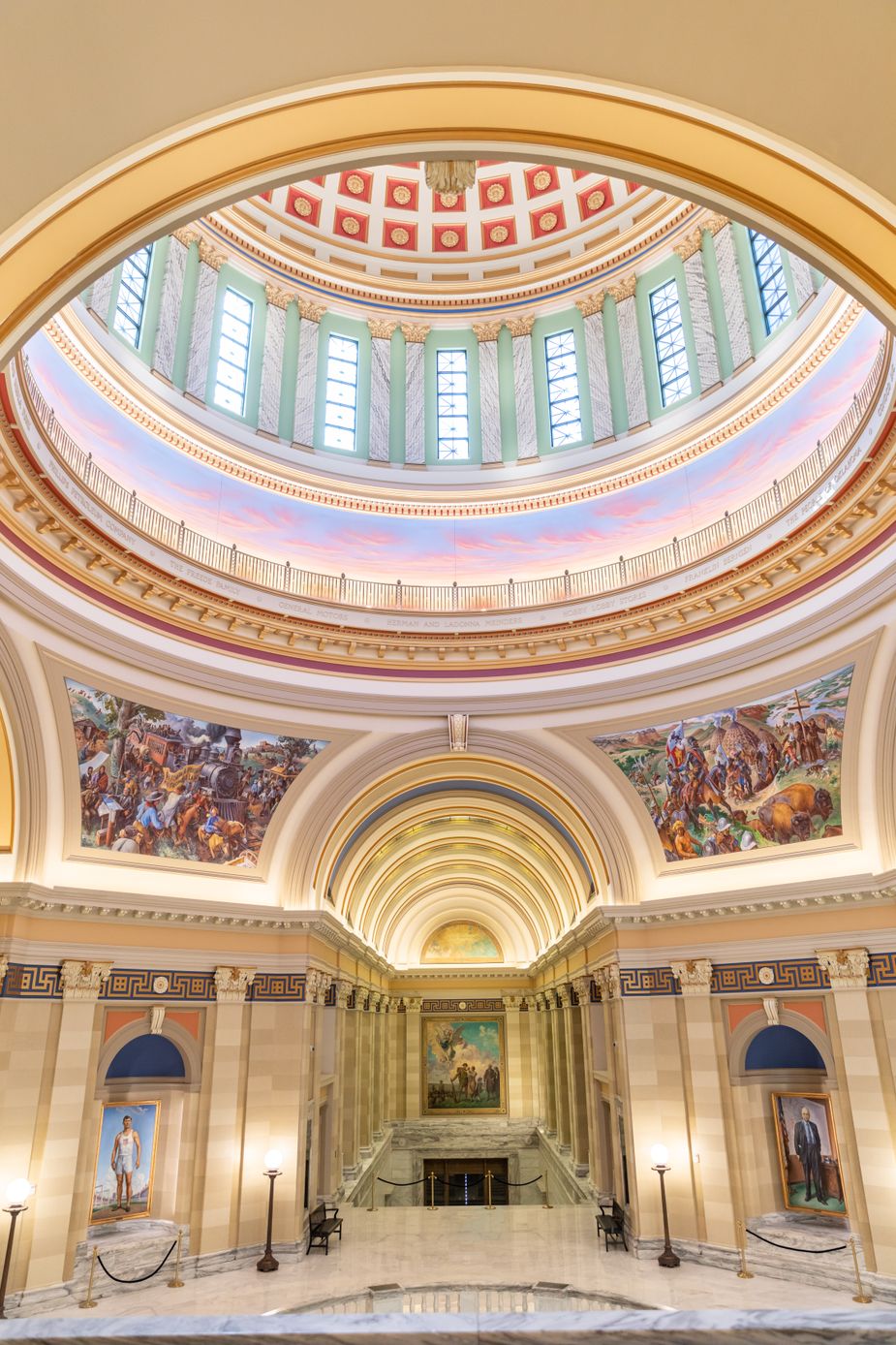
The Rotunda at the Oklahoma State Capitol. Photo courtesy Oklahoma Legislative Services Bureau
Oklahoma Today: OK, so when did Friends the Capitol start; how did that get created?
Paul Bruce Meyer: Friends of the Capitol started twenty years ago, and Lou Kerr was instrumental in setting it all up. The main reason was there were things that would come up in the Preservation Commission that needed funds, but legally, the state couldn’t pay for them. So Friends of the Capitol would raise funds to pay for this type of interest. They have a statue out in front, the Alan Houser statue—to get that waxed, we would provide funds for that, or any special art, that kind of thing.
OKT: So what is an example of something Friends of the Capitol has raised money for in the past?
Meyer: The mural called Beyond the Centennial. It’s on the second floor in the south gallery there. We commissioned that.
OKT: How much more challenging is it to restore and work with the Capitol and its structure versus a more traditional kind of building? Is it different?
Meyer: Well, I don’t think it’s different, and I think personally for me, it was much more interesting.
OKT: Yes. What condition was it in when you took over back then?
Meyer: Well, in the ’50s, no one cared about historic preservation. In fact, it wasn’t even taught at OU when I was there. All they cared about was getting air conditioning—they destroyed many spaces just to get it. That was one of my big goals, to restore these areas and to conceal the duct work and everything on the air conditioning. One of the fun things was restoring the Senate chamber and the west lobby area. We pull the carpet up, and there’s vinyl tile under there. And we thought, ‘This can't be right.’ We pull the vinyl tile up, and there was white marble. Just amazing stuff like that.
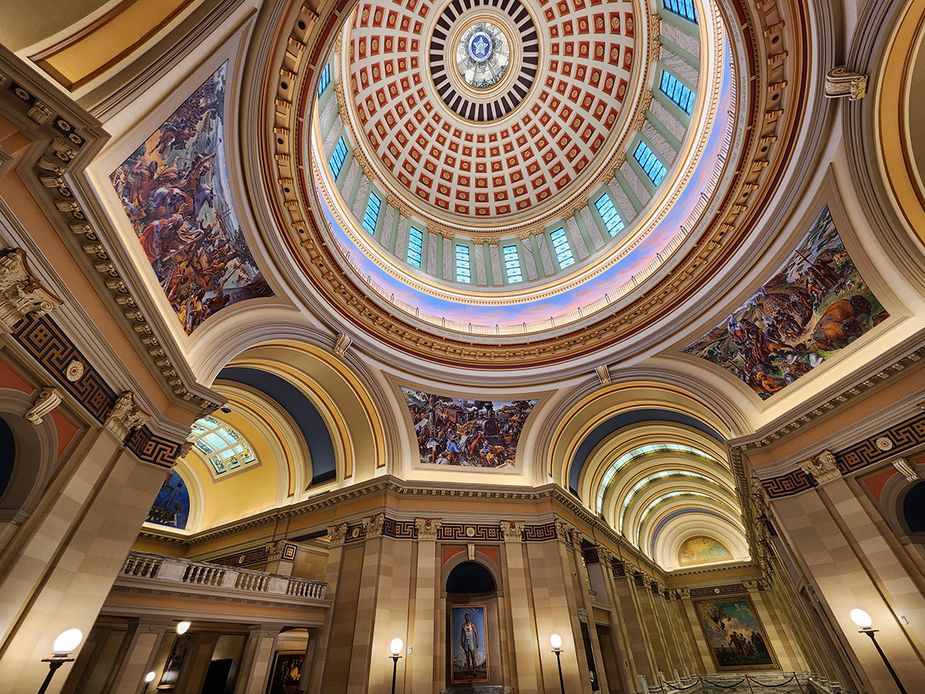
The Oklahoma State Capitol Rotunda. Photo by Megan Rossman
OKT: As a Capitol architect, was it hard pleasing everyone? I’m sure everyone’s got their own agenda with the building.
Meyer: I didn’t find that hard. I just think that you listen to what people want, what they want to do. And then figure out how you’ll be able to accommodate them and do it correctly. If it’s a total pain, don’t worry about it. Don’t dig in over colors. But if it really destroys the fabric of the building, say something, because you’re not going to win every battle. So yeah, pick your battles.
OKT: So why? Why should we restore the Capitol? Why should we put art in it? I think I know why—I just have to ask.
Meyer: I think the Capitol is the symbol of the state. And you want a symbol of your state to present the best of the state that it can, and not just for outsiders but also to create pride in all of those who live here. And that was a really big part of me staying involved in this all those years, because I was very interested in getting rid of our Grapes of Wrath image.
"Oklahoma City’s Scissortail Park offers a jam-packed calendar of fun in the sun."
"Celebrate National Wine and Cheese Day at these exceptional Oklahoma eateries"
You May Like
Weekly Events Calendar: June 30-July 6, 2025
This week in Oklahoma: A huckleberry hub in Jay; free train rides in Oklahoma City; and music legends in El Reno.
This week in Oklahoma: A huckleberry hub in Jay; free train rides in Oklahoma City; and music legends in El Reno.
Oklahoma Today Podcast: June 30, 2025
OKC! OKC! OKC! The Thunder won it all, folks! This week's special episode is presented from the teams NBA Championship Parade from downto...
OKC! OKC! OKC! The Thunder won it all, folks! This week's special episode is presented from the teams NBA Championship Parade from downtown Oklahoma City.
A Pink Paradise
Any book store is a good time, but this one's got a specialty soda bar.
Any book store is a good time, but this one's got a specialty soda bar.
